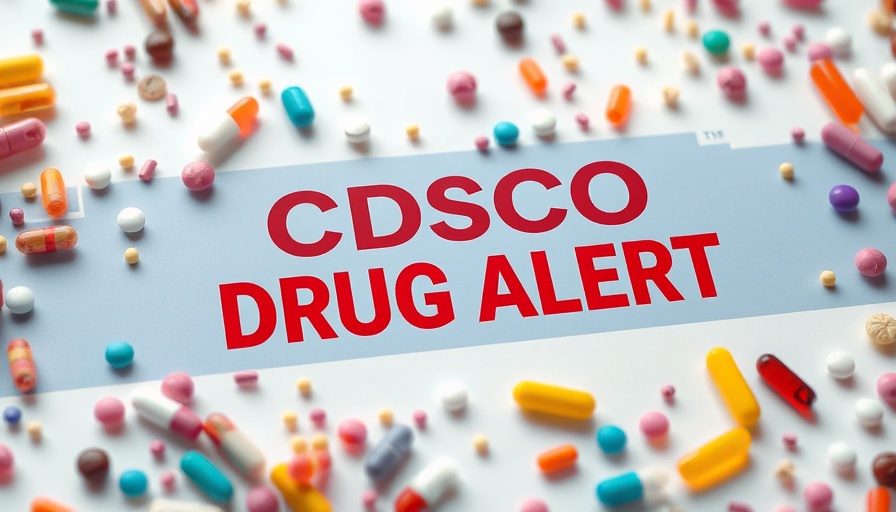
Shifting Perspectives: Cannabis Use Among Older Adults
A recent study published in JAMA reveals a significant surge in cannabis use among older adults, marking a notable shift in societal perceptions around marijuana. As stigma diminishes and education increases, many seniors are turning to cannabis for various reasons, including pain management and overall wellness. This trend highlights an evolving landscape where older generations embrace tools previously thought to be exclusive to the younger population.
The Drivers Behind the Increase
What’s prompting this uptick? Many older adults are drawn to cannabis as a natural alternative to traditional pharmaceuticals, particularly for addressing chronic pain and anxiety. The accessibility of telemedicine has broadened their options, allowing them to consult with healthcare providers who are increasingly open to cannabis prescriptions.
Health Benefits and Considerations
Research indicates that cannabis can have numerous health benefits, from alleviating chronic pain to improving sleep quality. However, it’s not without its challenges. Older adults may face higher risks of side effects, particularly if they are using multiple medications. Therefore, consulting with healthcare providers about appropriate strains and dosages is crucial. Those considering cannabis use should feel empowered to discuss it openly with healthcare professionals, aiming for informed and safe incorporation into their lifestyles.
Cultural Shifts and Personal Stories
The growing acceptance of cannabis among older generations is not only a reflection of changing norms but is also enriched by personal stories. Many seniors share how cannabis has significantly improved their quality of life. For example, Mabel, a 72-year-old artist living in Arizona, recounted her remarkable experience with cannabis, noting, "It’s given me my creativity back! I can paint for hours without the pain interrupting me." Such narratives underscore the potential benefits of cannabis use while also emphasizing the importance of responsible usage and proper guidance.
Future of Cannabis Use and Accessibility
As the conversation around cannabis continues to evolve, we are likely to see more innovations in telemedicine that provide safe and accessible ways for older adults to explore cannabis use. This trend could lead to more robust support systems that empower seniors to manage their health effectively and to remain actively engaged in their communities. As regulations change and education spreads, the future looks bright for seniors seeking alternative treatment options.
The increase in cannabis use among older adults also points to a greater need for healthcare providers to stay informed about the impacts and benefits of cannabis. It is essential that they offer guidance that aligns with the evolving interests of their patients, creating a more holistic healthcare approach that embraces emerging therapies.
With the growing acceptance comes a responsibility to promote awareness and education. As more seniors begin to utilize cannabis for health and well-being, the communities must foster discussions, creating spaces for shared experiences and informed choices.
Ultimately, being educated about cannabis can empower older adults to make informed decisions regarding their health. As cannabis becomes a common part of healthcare discussions, there’s an exciting opportunity for education, community support, and responsible use that may enhance the lives of many.
 Add Row
Add Row  Add
Add 




Write A Comment